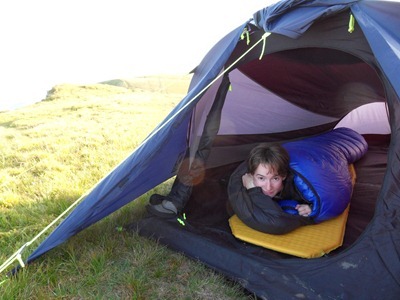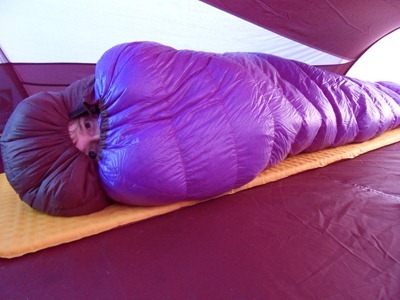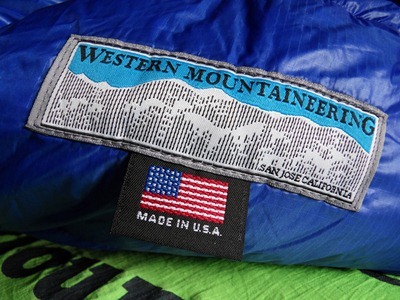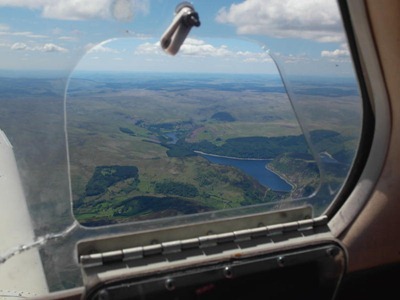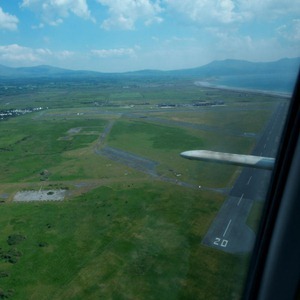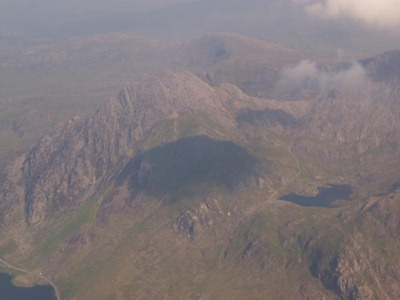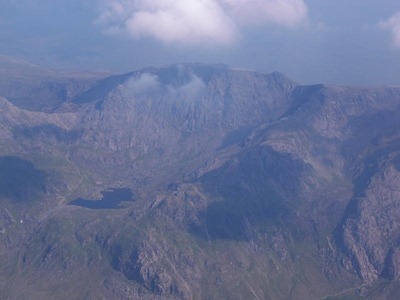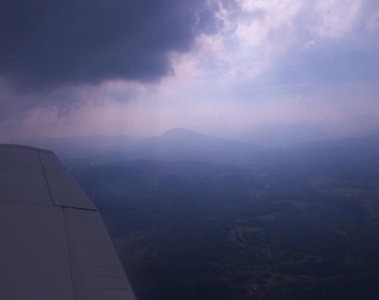http://www.charitygiving.co.uk/laurenrichardson
I hate asking people for money, I really do. Probably stems from the way I was brought up – part of a very poor family but with a whole lot of pride. Sure, we couldn’t afford any of the things other families could, like holidays abroad, fancy clothes or a big TV, but we did have pride – we were not charity cases and asking for money was very much frowned upon. Even as a teenager, if I wanted something, I had to find my own way to pay for it – asking mum or dad for money just wasn’t cool. Hence my getting into the world of engineering at the age of 16…but I digress.
Basically, this is a plea for help. Not for myself though - yes I’m critically skint, having lost most things I owned back in January’s house fire and now also having lost virtually all hope of any reasonable kind of insurance payout. We’ll just have to survive without a sofa or any chairs for a while longer (or until I find some more work!). This isn’t a plea for help for myself (cries of ‘but how can you afford to fly aerobatics if you’re struggling so much’ aren’t what I need right now – the answer to that question is actually really devastatingly simple: I can’t and my dreams are slowly dying as a result. But none of this is relevant and I’m not after sympathy). I don’t beg for money for myself, not for any reason, it’s just not my style.
I am however willing to beg for help on behalf of an organisation that has come to mean more to me than I’m likely to be able to express with any deal of eloquence.
Mountain Rescue Teams within the UK are groups of like-minded people, all willing and eager to give of themselves in order to help others. Now, whilst it may sound completely self-less, I can assure you it isn’t. The next time you meet a team member, ask them why they do it – there will be a whole plethora of reasons. Speaking for myself though, I choose to be a part of a team of people with whom I feel safe, that I trust and that I enjoy working and playing with. Life as a team member is a life of training and working, fighting energy reserves and pushing yourself to achieve things that feel worthwhile. In short it’s great.
Training for me has been eye-opening in many ways, getting to know so many different people with such varied skill sets – we have master navigators, climbers and rope work specialists, doctors, paramedics, police officers, dog handlers, carpenters, plumbers, outdoor instructors, teachers, athletes, engineers, IT workers…I could go on – each and every walk of life has elements that transfer across through people’s personalities into Search and Rescue work, and each and every person knows and does different things that we can all learn from at times. A team is a huge resource of skills and enthusiasm, and a truly fantastic environment to train and learn in.
Since joining I have learned to navigate properly, I’ve learned how to assemble and use a stretcher on a vertical crag face, I’ve learned how to take care of an injured casualty, how to search for someone missing from home, and how to remain positive in the face of extreme tiredness and adversity. For me joining a Mountain Rescue team was an entirely selfish thing to do – I thought I’d be able to get a whole lot out of it and become a more capable mountaineer, and I have!
We are volunteers. We fund-raise in order to remain operational. We pay to be a part of our own team.
We have a laugh and enjoy ourselves. We learn from each other and become better people for it. We do this as a hobby.
We go out in the middle of the night searching for people missing from home, people despondent and people lost on the hills. We recover the bodies of those who lose their lives in difficult places and situations. We head out in the middle of the working day to come to the aid of climbers and mountain bikers who fall and lay bleeding in need of help. We work with the RAF and the Air Ambulance to get people to help when they need it – and when things are too bad for the helicopters to do their work, we will be there to carry you. We are where the buck stops, and we love it.
So any of you reading this, I apologise for you being on the receiving end of ‘yet another link begging for sponsorship for yet another ‘good cause’. I realise that money is tight for everyone and that there are a million and one different charities all begging for cash and vying to be deemed worthy of a donation. However I don’t apologise for asking – please help keep my team operating this year, help us to remain there for you 24 hours a day, 365 days a year whether you’re a climber, walker, biker or just someone living in our area.
Support us by supporting me as I’m stupid enough to be running this year in the Saunders Lakeland Mountain Marathon next weekend – I’m not fit, I’m not a fell runner, but I am keen, stupid and willing to give everything I can for the North East Wales Search and Rescue team – both operationally and through participating in these mad events.
Donation link here (I will love you forever if you give a few quid!): http://www.charitygiving.co.uk/laurenrichardson
